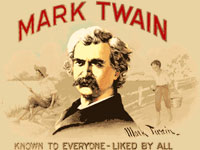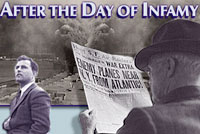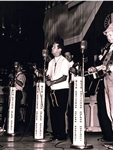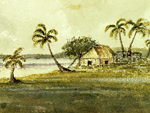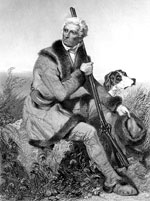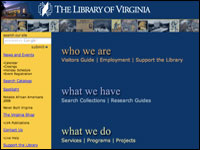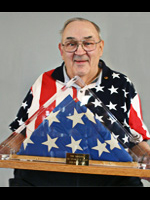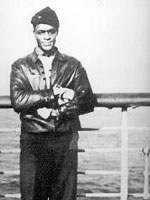Martin Luther King Jr. Papers Project

Featuring texts by and about Martin Luther King Jr., this regularly updated website currently contains more than 1,400 speeches, sermons, and other writings, mostly taken from five volumes covering the period from 1929 to 1968. (These are listed in the Published Documents section under Papers.)
In addition, sixteen chapters of materials published in 1998 as The Autobiography of Martin Luther King Jr. are available. The website presents important sermons and speeches from later periods, including "Letter from a Birmingham Jail," the March on Washington address, the Nobel Peace Prize acceptance speech, and “Beyond Vietnam.” Additional materials include an interactive chronology of King's life, two biographical essay, over twenty audio files of recorded speeches and sermons, and twelve articles on King. More than thirty photographs complete the website.
The King Papers Project is valuable for studying King's views and discourse on civil rights, race relations, nonviolence, education, peace, and other political, religious, and philosophical topics.
